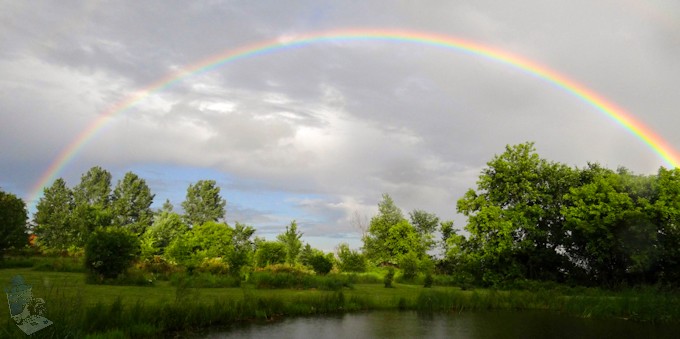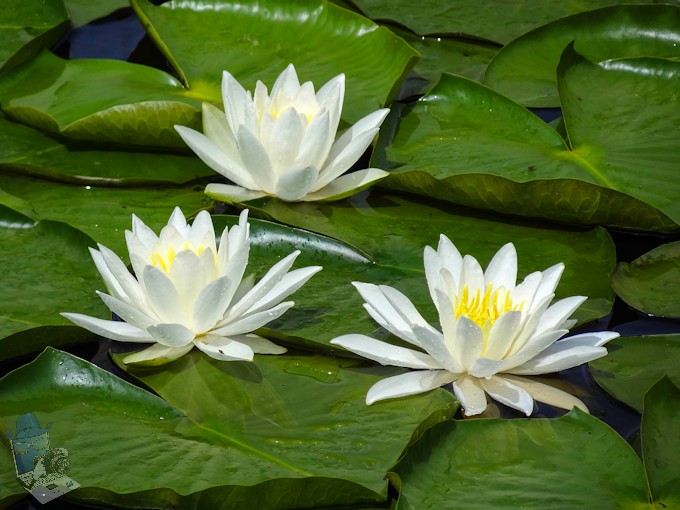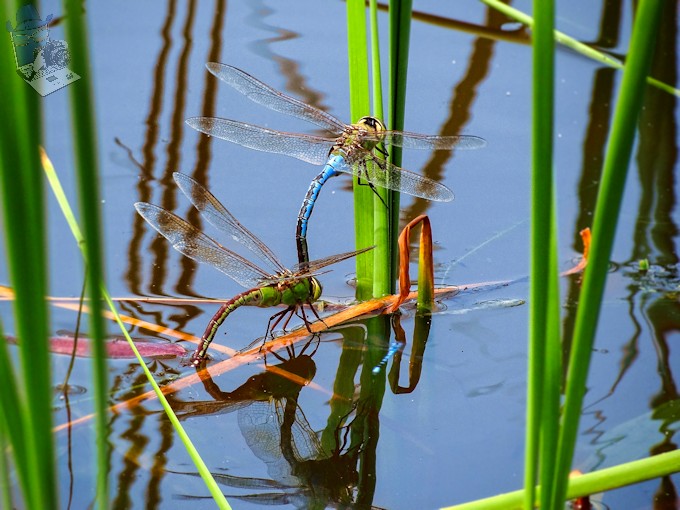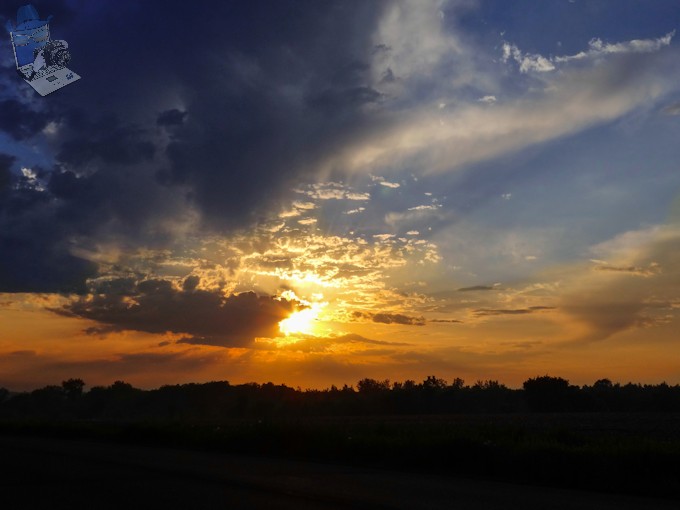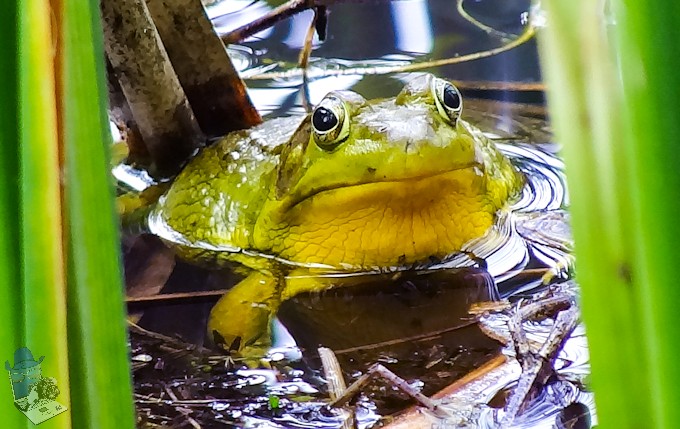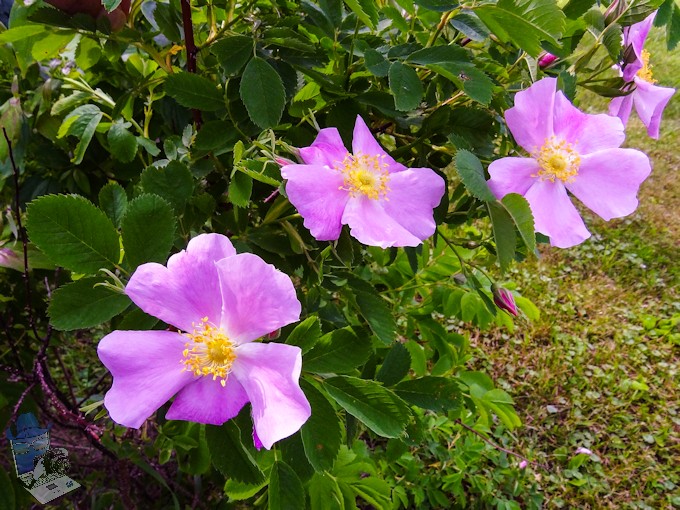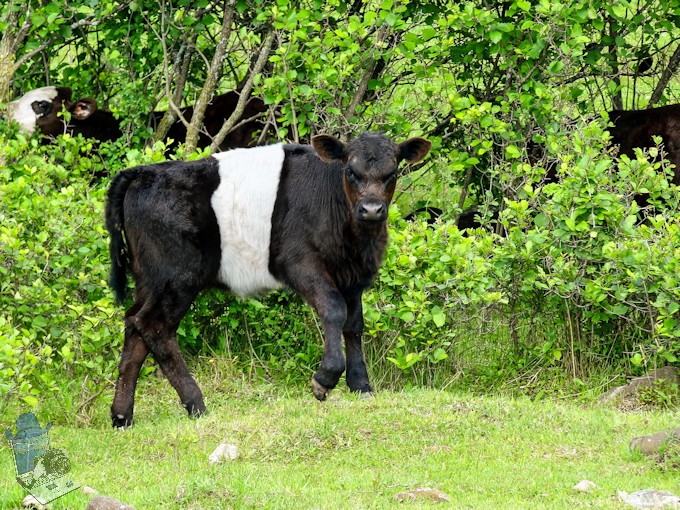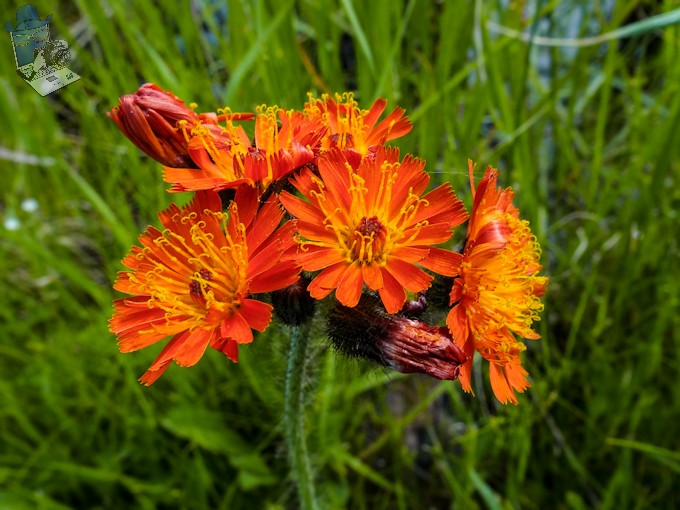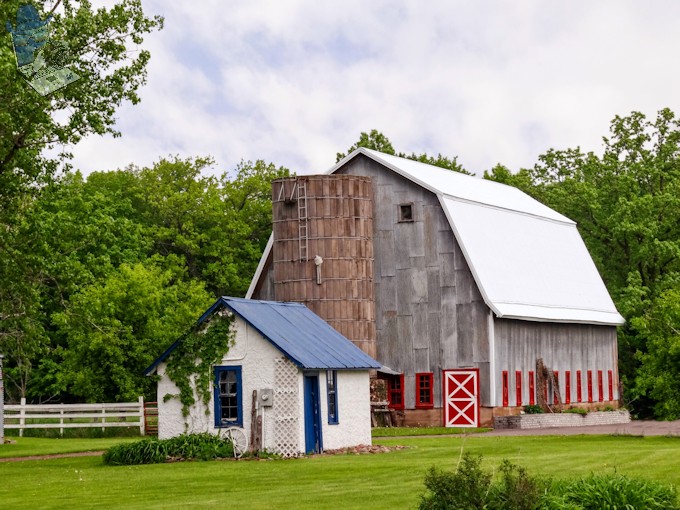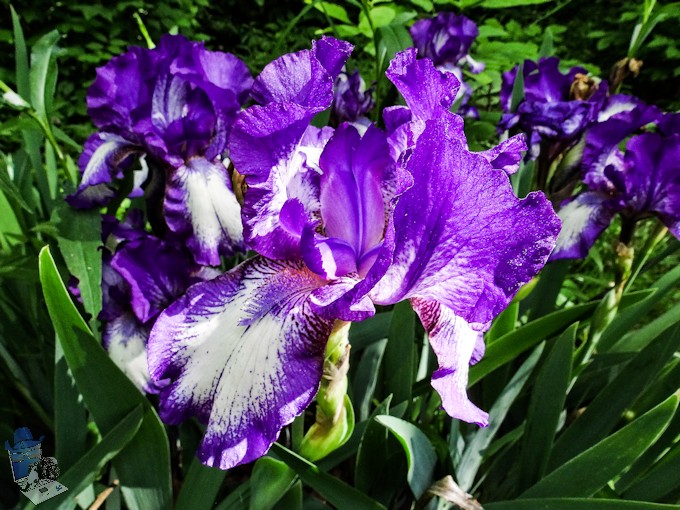4th of July – Independence Day
In June 1776, representatives of the 13 colonies then fighting in the revolutionary struggle weighed a resolution that would declare their independence from Great Britain. On July 2nd, the Continental Congress voted in favor of independence, and two days later its delegates adopted the Declaration of Independence, a historic document drafted by Thomas Jefferson. From 1776 until the present day, July 4th has been celebrated as the birth of American independence, with typical festivities ranging from fireworks, parades and concerts to more casual family gatherings and barbecues.
The explosive fireworks put brilliant colors into the sky but mother nature can put dazzling colors into the sky with lightning displays, the flashing light of the firefly bug, sun dogs in the winter sky and spectacular summer rainbows. I wonder if the frogs and dragonflies in the pond enjoy nature’s show as much as I do.
Rainbow Over the Pond


